Mergers and acquisitions (M&A) are pivotal moments in an enterprise’s evolution, presenting unique challenges and opportunities for growth. Amid the complex landscape of financial negotiations and strategic decisions, human resources (HR) requirements play a critical role in ensuring a smooth transition and realising the full potential of the newly integrated organisation. This article offers a succinct summary of the essential HR considerations during the merger and acquisition process.
Strategic Workforce Planning
Strategic workforce planning is the cornerstone of successful M&A integration. HR must conduct a comprehensive analysis of the existing workforce, identifying key talents, skills, and roles within both organisations. This evaluation informs decisions about retaining, reassigning, or restructuring personnel to align with the new organisational structure and objectives.
Cultural Integration
Cultural alignment is paramount for a harmonious transition. HR professionals are instrumental in assessing the cultural compatibility of the merging entities. By understanding the distinct corporate cultures and values, HR can develop strategies to bridge any gaps and foster a cohesive and collaborative environment that supports the organisation’s’s long-term goals.
Communication and Change Management
Open and transparent communication is pivotal throughout the M&A process. HR plays a central role in crafting and disseminating messages to employees, addressing concerns, and managing expectations. Effective change management strategies ensure that employees are well-informed and engaged, minimising disruptions and facilitating a smoother transition.
Legal and Compliance
M&A transactions have legal and compliance implications that HR must navigate meticulously. From employee contracts and benefits to labour laws and regulations, HR ensures that all legal obligations are met. This involves due diligence in understanding the legal implications of the merger or acquisition on employee rights, data privacy, and employment contracts.
Talent Retention and Transition
Talent retention is critical to maintaining operational continuity and preserving institutional knowledge. HR must design retention programs that incentivize key personnel to stay on board during and after the integration. Simultaneously, HR should plan for a seamless transition, including strategies for onboarding new talent and integrating acquired employees into the organisation.
Benefits and Compensation
Standardising benefits and compensation packages is essential to prevent disparities and ensure fairness. HR is tasked with evaluating existing benefit plans, aligning compensation structures, and communicating changes to employees. A well-managed benefits and compensation process enhances employee satisfaction and reduces potential conflicts.
Training and Development
M&A presents an opportune time for upskilling and development. HR can identify skill gaps and training needs within the newly formed organisation. By offering tailored training and development programs, HR supports employees in acquiring the competencies required to excel in their roles and contribute to the company’s growth trajectory.
Data Integration and HR Systems
Harmonising HR systems and data is crucial for streamlined operations. HR must oversee the integration of employee data, payroll systems, and HR software to ensure accurate and efficient processes. A unified HR infrastructure simplifies administrative tasks, enhances data accuracy, and facilitates reporting and analysis.
Employee Well-being and Engagement
During times of change, employee well-being and engagement are paramount. HR professionals implement initiatives to address employee concerns, foster a positive work environment, and provide support during the transition. Proactive efforts to boost morale and ensure a healthy work-life balance contribute to employee satisfaction and productivity.
In Conclusion
In the intricate web of merger and acquisition activities, the role of HR cannot be understated. From strategic workforce planning to cultural integration, legal compliance to talent retention, HR professionals are the architects of a successful transition.
By adeptly managing these HR requirements, organisations can harness the power of M&A to drive growth, cultivate a harmonious corporate culture, and position themselves for a prosperous future.
As your trusted HR consultancy partner, we are dedicated to guiding you through the complexities of the merger and acquisition process, ensuring that your human resources strategies align seamlessly with your broader business objectives.
About The Author
Matthew Davis leads MDC Advisory, a full-service business psychology and Leadership consulting practice.
He has over 30 years’ experience of advising clients on all aspects of effective selection having advised clients globally.
He can be contacted at [email protected] or on 07974 430021



